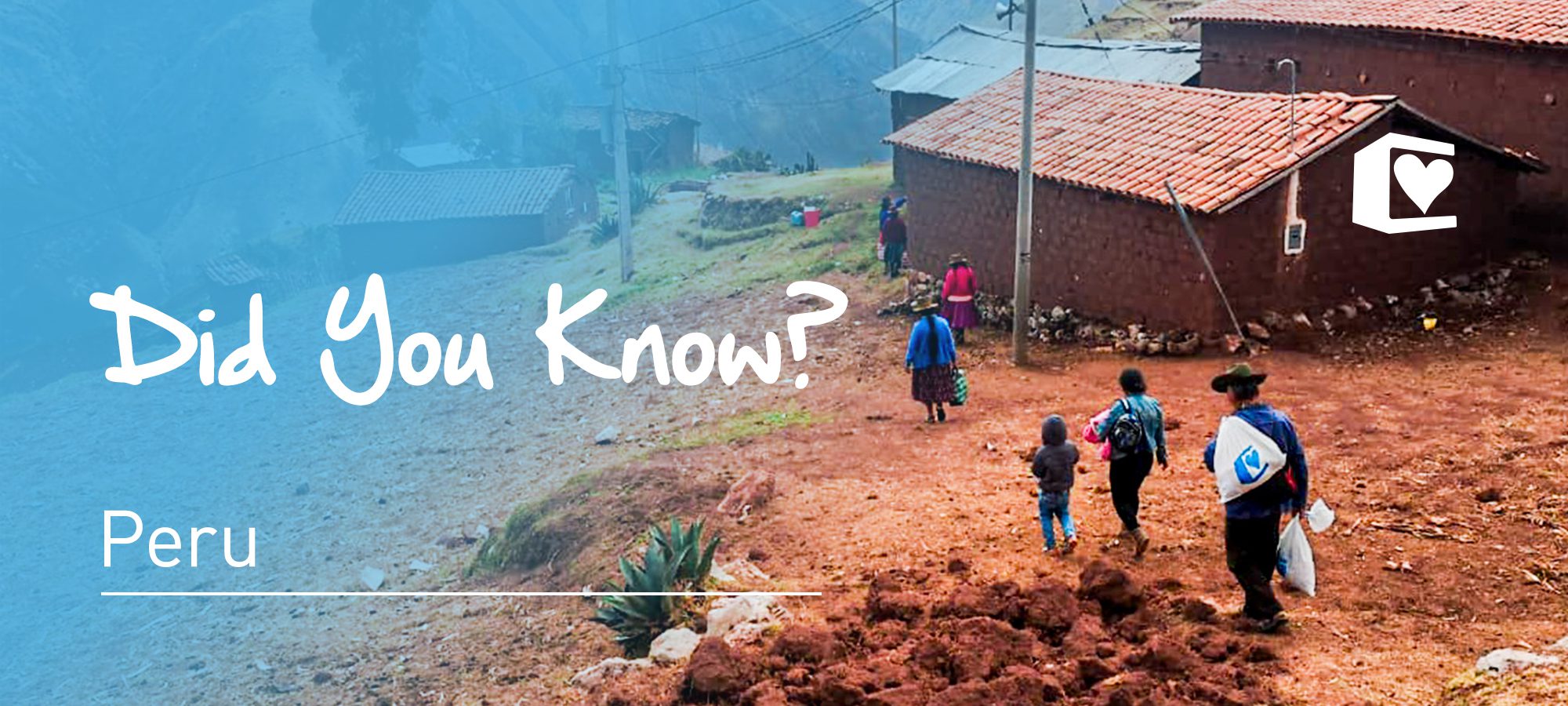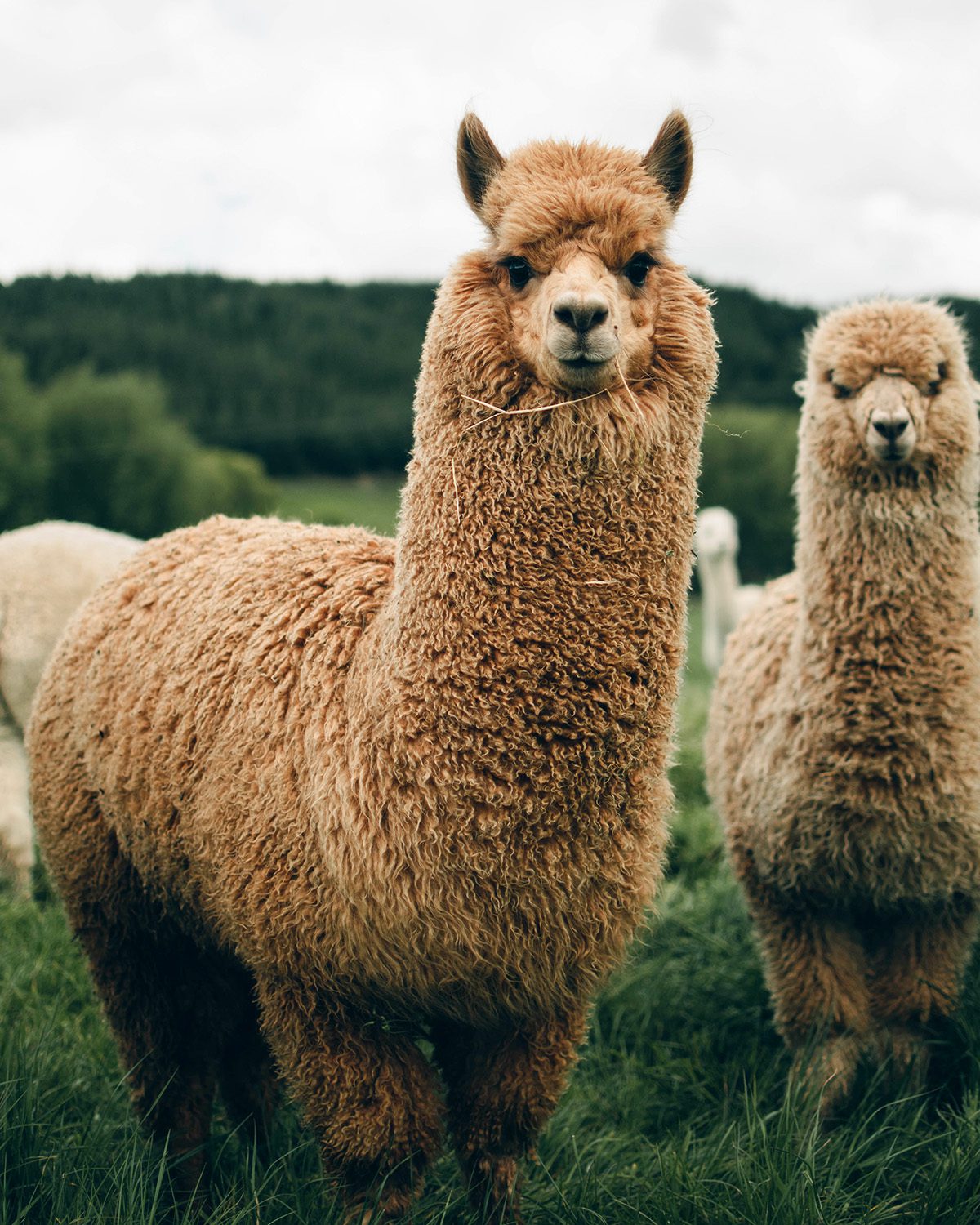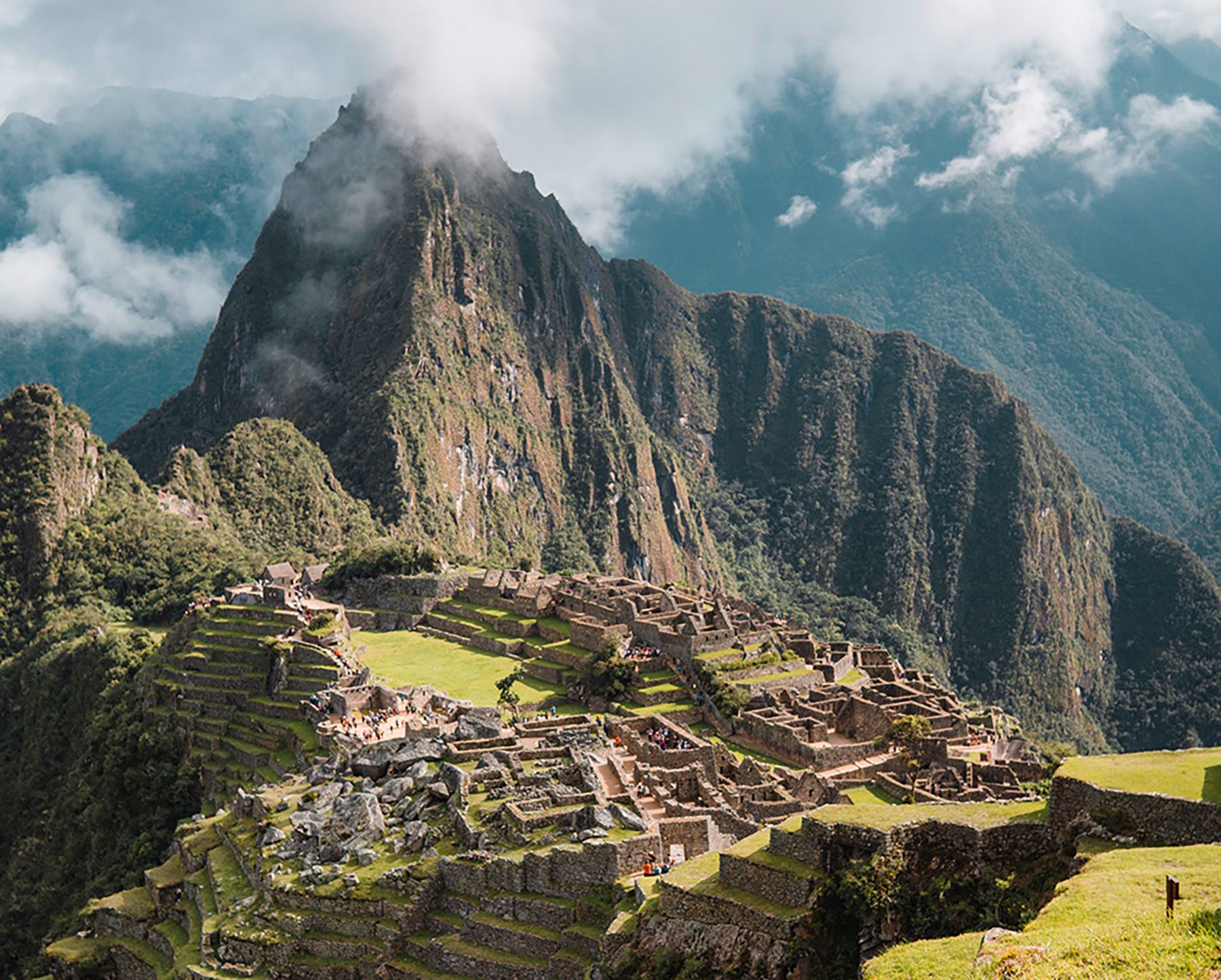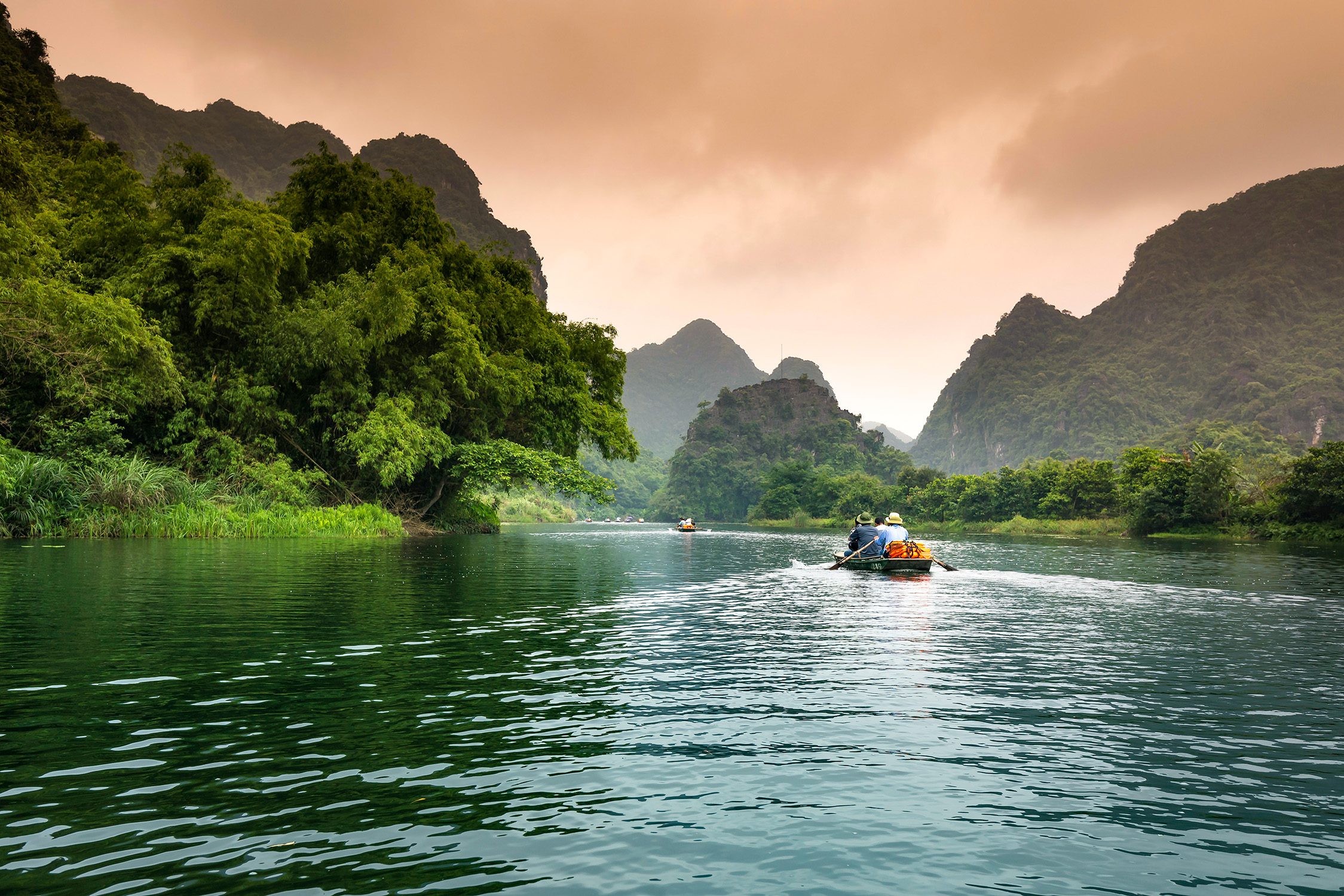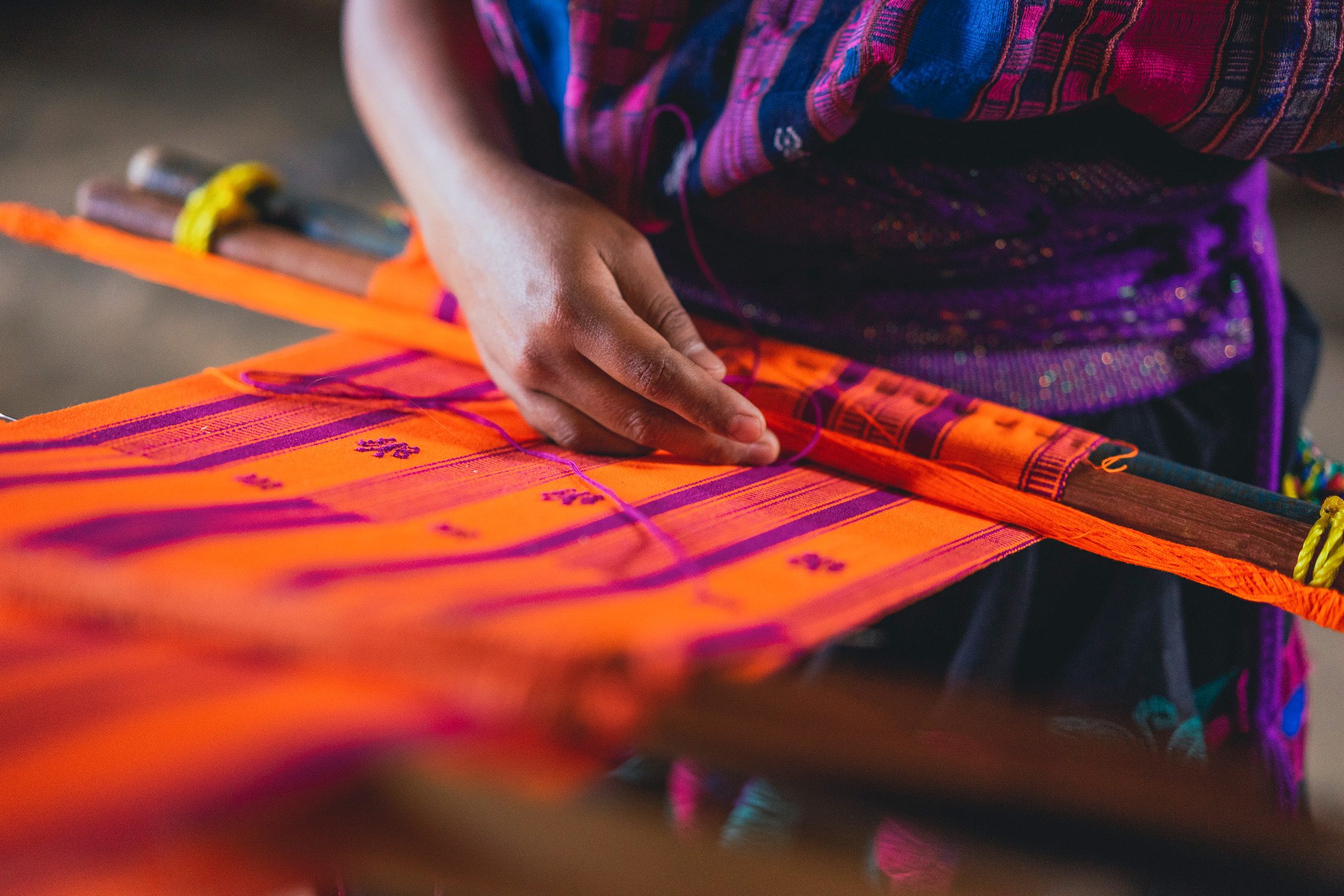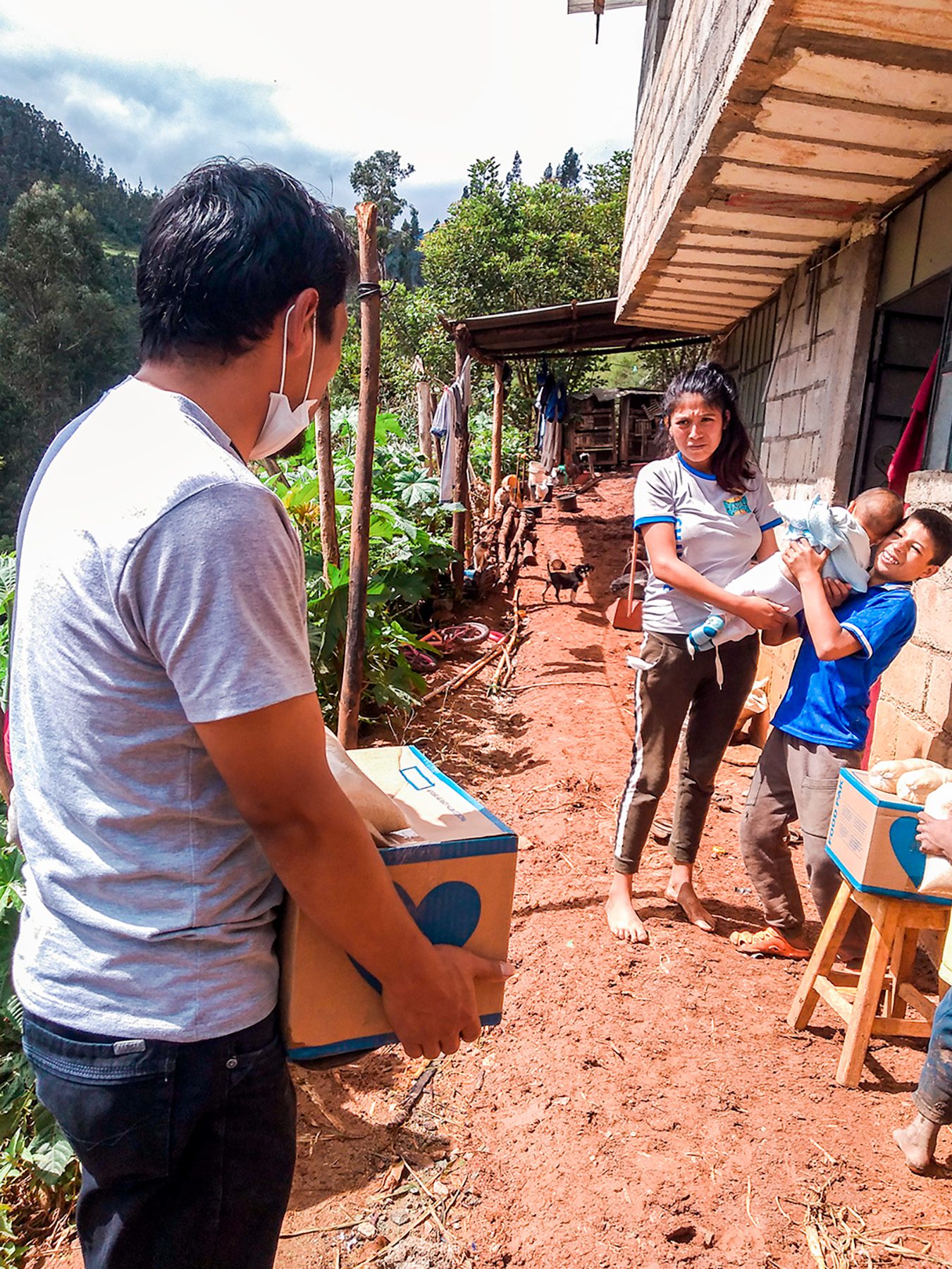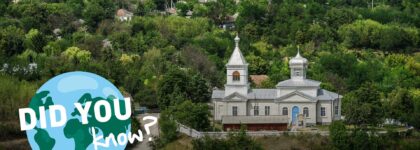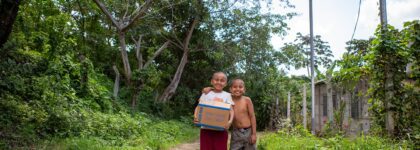Wedged between Romania and Ukraine, it might be easy to miss the small country of Moldova on a map. Although it became an independent republic…
Located on the western coast of South America, Peru is the third largest country on the continent. The territory that makes up Peru has been home to several ancient cultures, including the ancient Inca Empire, which still influence much of their culture today.
- Over 70% of the world’s alpaca population lives in Peru. This member of the camel family lives in the Peruvian Andes Mountains, which runs the entire western coast of South America. The sale of alpaca meat and textile fiber is the main source of income for about 150,000 families in Peru. Alpaca wool comes in 22 natural colors and is considered one of the world’s most luxurious fabrics.

- People live on floating islands made of grass. On the western side of Lake Titicaca, the Uros people have created their own floating islands out of the reeds of the totora plant, which grow in the lake. The inhabitants of the islands even build their houses and boats out of the totora plant.
- Origin of the potato. Peruvians first discovered wild potatoes on the shores of Lake Titikaka over 10,000 years ago. You can find over 4,000 varieties of potatoes growing in the Peruvian highlands in a variety of shapes and colors, from blue to yellow to pink to bright purple. If you visit Peru on May 30th, be prepared to eat lots of potato dishes—it’s National Potato Day!
- Home to one of the Seven Wonders of the World. Every year, roughly 1.5 million people travel to Peru to visit the archeological site Machu Picchu. It is believed to be a significant place in Incan history. Located over 2,000 meters above sea level in the Andes Mountains, the site stretches over five miles and features more than 3,000 stone steps. The Incan Empire was conquered by Spanish colonists in the 16th century, and the remains of the ancient city of Machu Picchu were lost for over 400 years, but the Inca language Quechua is still spoken by 8 million people.

- The ancient art of salt farming. Less than 50 miles from Machu Picchu, tucked away in the Sacred Valley, you can visit the Maras Salt Mines. First built over 500 years before the Inca Empire, this series of over 3,000 saltwater ponds are connected by an underground network of canals. As the sun evaporates the water, the salt that remains is extracted by members of the 600 local families who own the pools.
- The Amazon River starts in Peru. Totaling just under 4,000 miles in length, the Amazon River is the second largest river in the world. Beginning high in the Peruvian Andes, the Amazon stretches across Peru, Colombia, and Brazil before connecting with the Atlantic Ocean. The Amazon River and the surrounding forest are home to thousands of species of mammals, birds, reptiles, fish, and insects, with more species being discovered every year. A few notable creatures who call the Amazon River their home are the green anaconda, the black caiman, the electric eel, the giant otter, the piranha, and the pink river dolphin.

- Peru is known for its food. If you like fish, you should try ceviche, Peru’s national dish. Peru is credited with many exciting flavors that have had a huge influence on world cuisine. In fact, Lima, Peru, is South America’s gastronomic capital—meaning it’s known for having really good food. Just be warned if someone offers you a dish called cuy. This dish is actually roasted guinea pig, and it is considered a delicacy. It is served whole—with the legs and feet intact!
- Peruvian Ponchos. Originally designed for their functionality, ponchos have been a part of Peruvian culture since as early as 2000 BC! A traditional Peruvian poncho can take up to six months to make. This includes spinning and dyeing the wool—usually alpaca—and then weaving it into colorful and intricate patterns.

- Peru has rainbow-colored mountains. High up in the Andean mountains—16,000 feet above sea level—sits Vinicunca, also known as the Mountain of Seven Colors. Commonly referred to as Rainbow Mountain, the multicolored landscape was only recently discovered in 2015 when the snow that had covered it melted due to rising temperatures. The rock that was revealed beneath the snow was striped with colors from maroon and gold to turquoise and lavender. Roughly 1,500 tourists brave the elevation and unpredictable weather to get a chance at viewing this national treasure.
- Children’s Hunger Fund has partnerships with 44 churches in Peru. In many of the countries where CHF serves—including Peru—a church looks very different than it does in the US. In remote villages, a church may meet in a home or simply a room. Pastors are often bi-vocational, meaning they have a second job outside of the church, such as farming. These faithful church partners are part of a very active Mercy Network of churches, serving suffering families in their communities. While the Food Pak provides opportunities for the church to build relationships, church members are using the Bible to share the gospel and even teach people to read! We are so incredibly thankful for the amazing men and women in our Peru Mercy Network.


